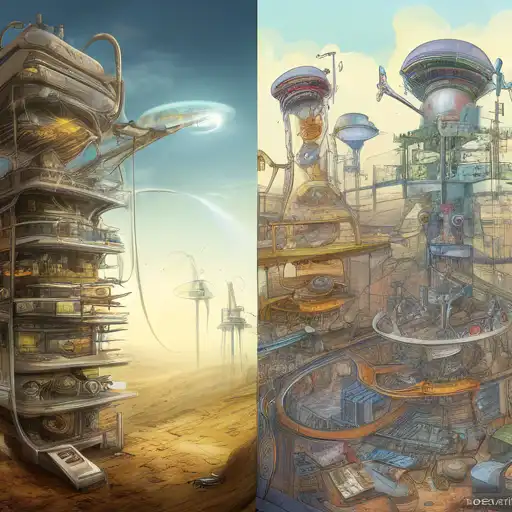Introduction to Software Development Methodologies
In the fast-evolving world of technology, selecting the right software development methodology is crucial for the success of any project. This article compares the most popular methodologies, highlighting their strengths, weaknesses, and ideal use cases to help you make an informed decision.
Waterfall Methodology
The Waterfall model is one of the oldest and most straightforward methodologies. It follows a linear and sequential approach, where each phase must be completed before the next begins. This makes it easy to understand and manage but lacks flexibility for changes once the project has started.
Agile Methodology
Agile is a flexible and iterative approach that focuses on customer satisfaction through early and continuous delivery of valuable software. It encourages adaptive planning, evolutionary development, and continual improvement, making it ideal for projects with uncertain or changing requirements.
Scrum Framework
Scrum is a subset of Agile that organizes work in cycles called sprints, typically lasting two to four weeks. It emphasizes teamwork, accountability, and iterative progress toward a well-defined goal. Scrum is particularly effective for complex projects requiring rapid adaptation to change.
Comparing Methodologies
Choosing between Waterfall, Agile, and Scrum depends on various factors, including project size, complexity, and team dynamics. Waterfall suits projects with clear requirements and little expected change. Agile and Scrum are better for projects requiring flexibility and frequent updates.
Conclusion
Understanding the differences between these software development methodologies is essential for selecting the right approach for your project. Consider your project's specific needs, team size, and flexibility requirements to make the best choice. For more insights into optimizing your development process, explore our technology trends section.
